AR BOOK CASE STUDY

PROJECT DETAILS
AR Interaction Design l 16 WeeksDeliverables
- Printed Childrens Illustrations book
- AR Interactions
Project Goals
To develop an Augmented Reality storybook that enhances the experience of reading a printed book.
Role
AR Designer
About
With Augmented Reality, we’re crossing streaming the experience of stories we witness on screens, to stories we live as our very own. The main benefits of utilizing AR for education: improving comprehension, better language associations, enhanced long term memory retention, improving physical task performance by increasing students’ attention. I want to encourage children to explore a story in a completely new way.
By creating an AR Storybook, children can become a character within the plot and interact with the environment.
The story involved two characters who despite their differences choose to be friends. Using a South Indian dish, Dosa and Sambar I crafted a tale of unlikey friendship.
By creating an AR Storybook, children can become a character within the plot and interact with the environment.
The story involved two characters who despite their differences choose to be friends. Using a South Indian dish, Dosa and Sambar I crafted a tale of unlikey friendship.
Design Toolkit

Storyboard/Sketches
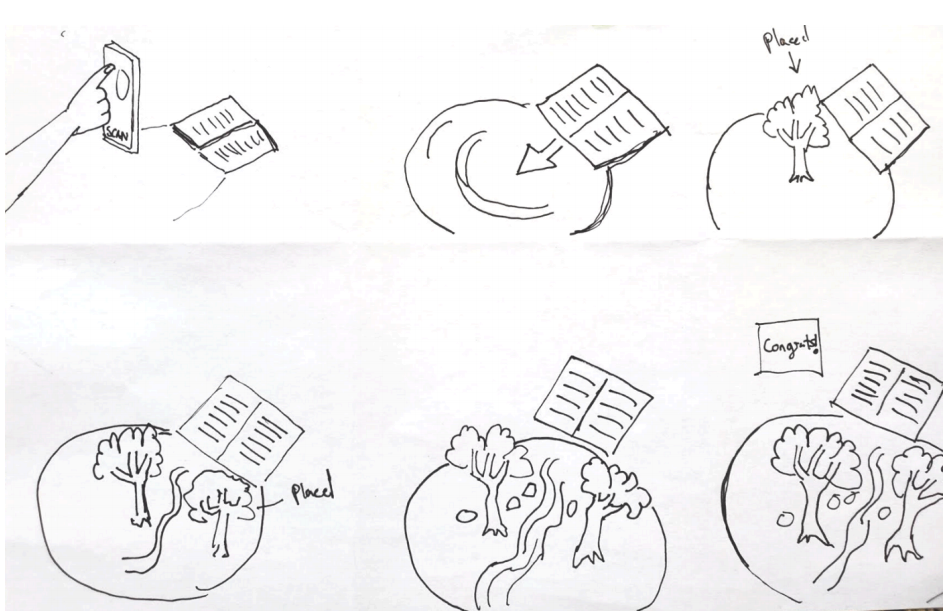
Using a Smart Phone or Tablet AR objects are placed onto the book.
Initial Character ideas round 1

Initial Character ideas round 2
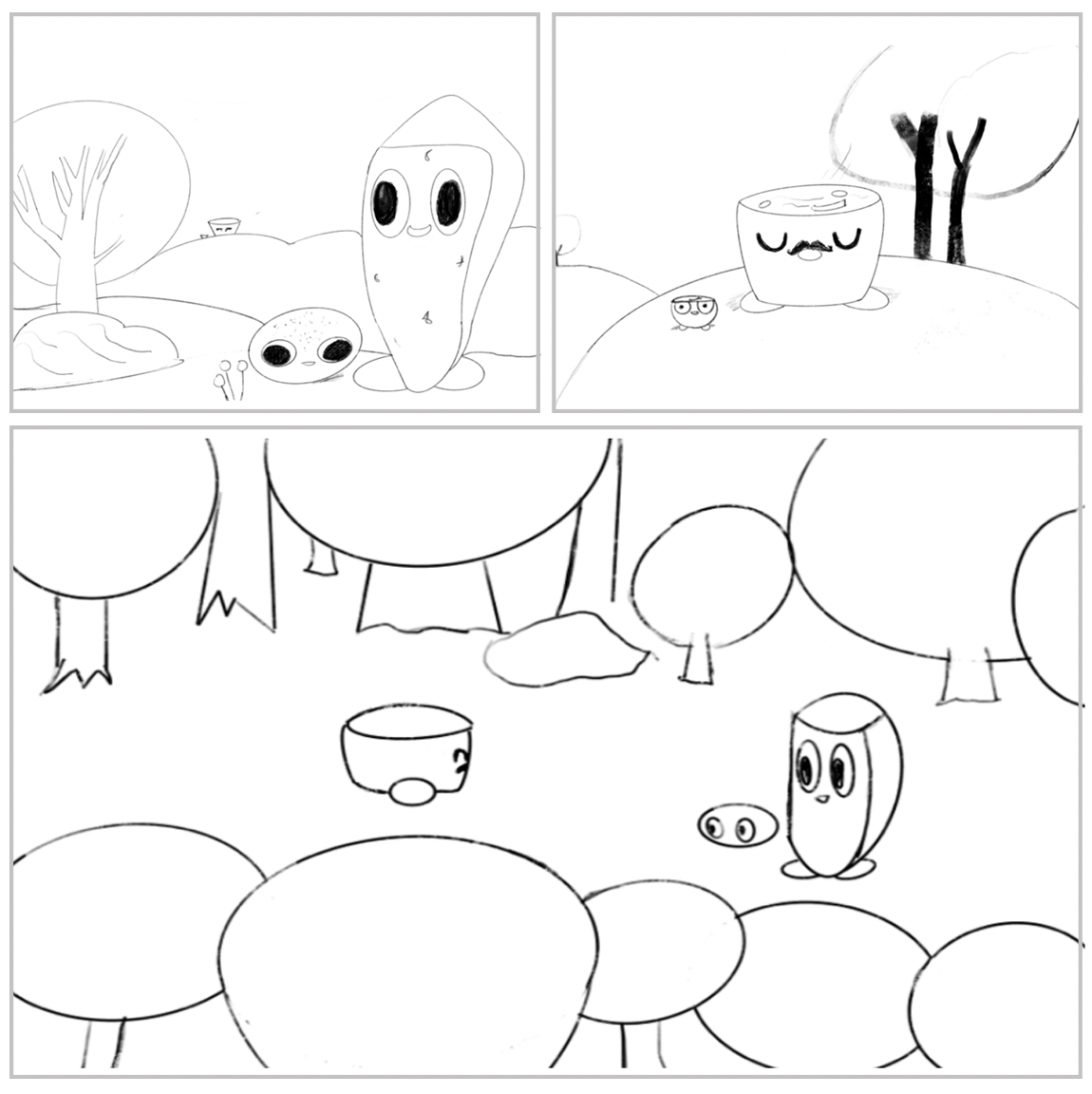
With the second pass at the character design I looked to make the characters a bit more adorable and also a bit outrageous.
Final Character Design

I decided to change Dosa into a female character and personify her by giving her a humanoid body in order to make her seem quirkier.
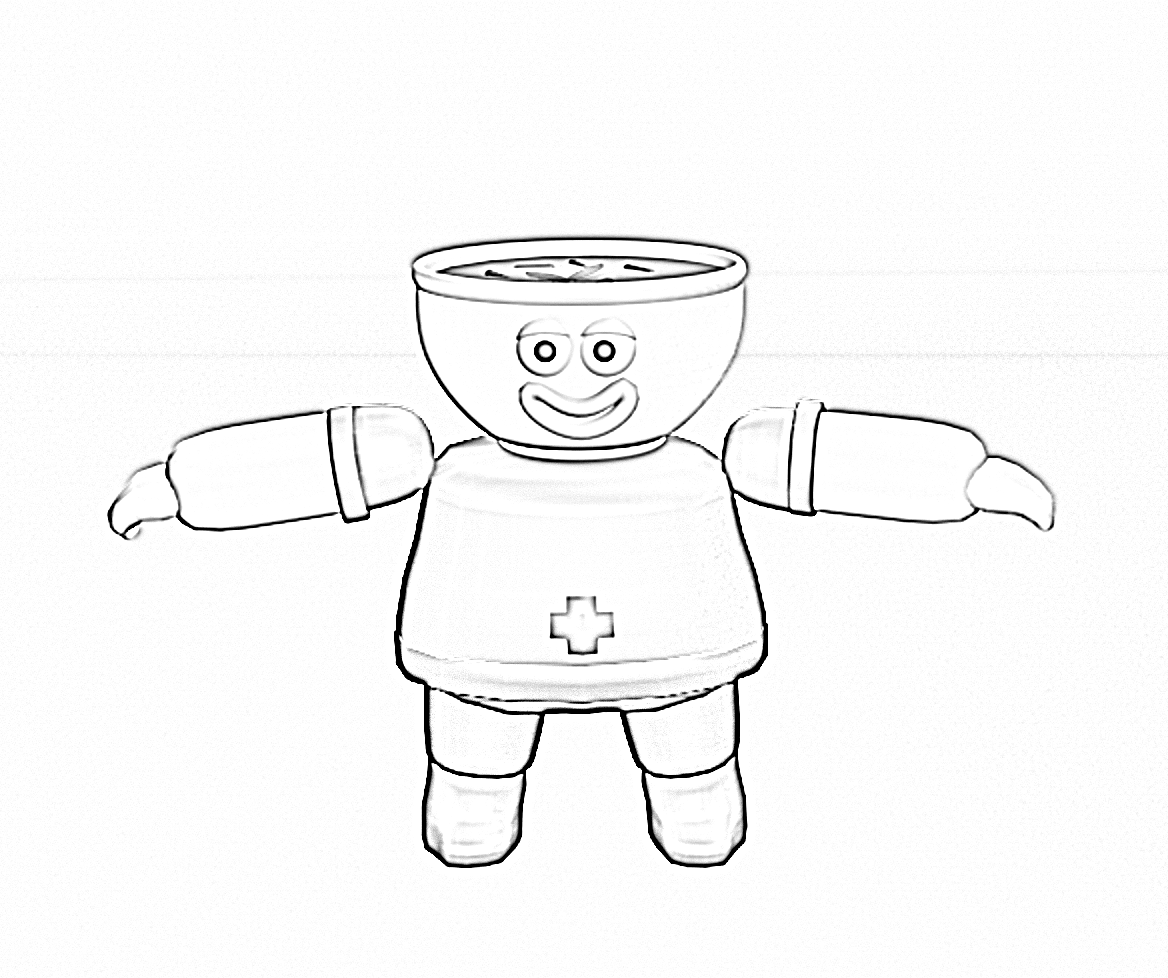
I decided to do the same for Sambar, making him rounder like a bowl and also much cuter by eliminating the idea of the mustache in previous iterations.
Building the Environment

To create each scene for the AR book I utilized Cinema 4D to make the 3D models for the setting and characters.
AR Animations

In order to animate the the 3D models in AR I brought over the baked .fbx files of both characters from CInema 4D into Unity. I used Vuforia and set up the ARCamera. I then added an image target to the Vuforia app, added an ImageTarget object and lastly placed a child object on the ImageTarget.
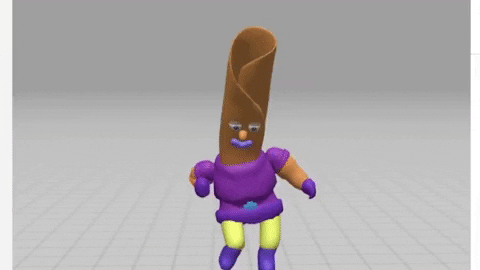

After rendering each of the selected animation I started to place them using the AR camera on to the printed book.
Ilustration Book Design
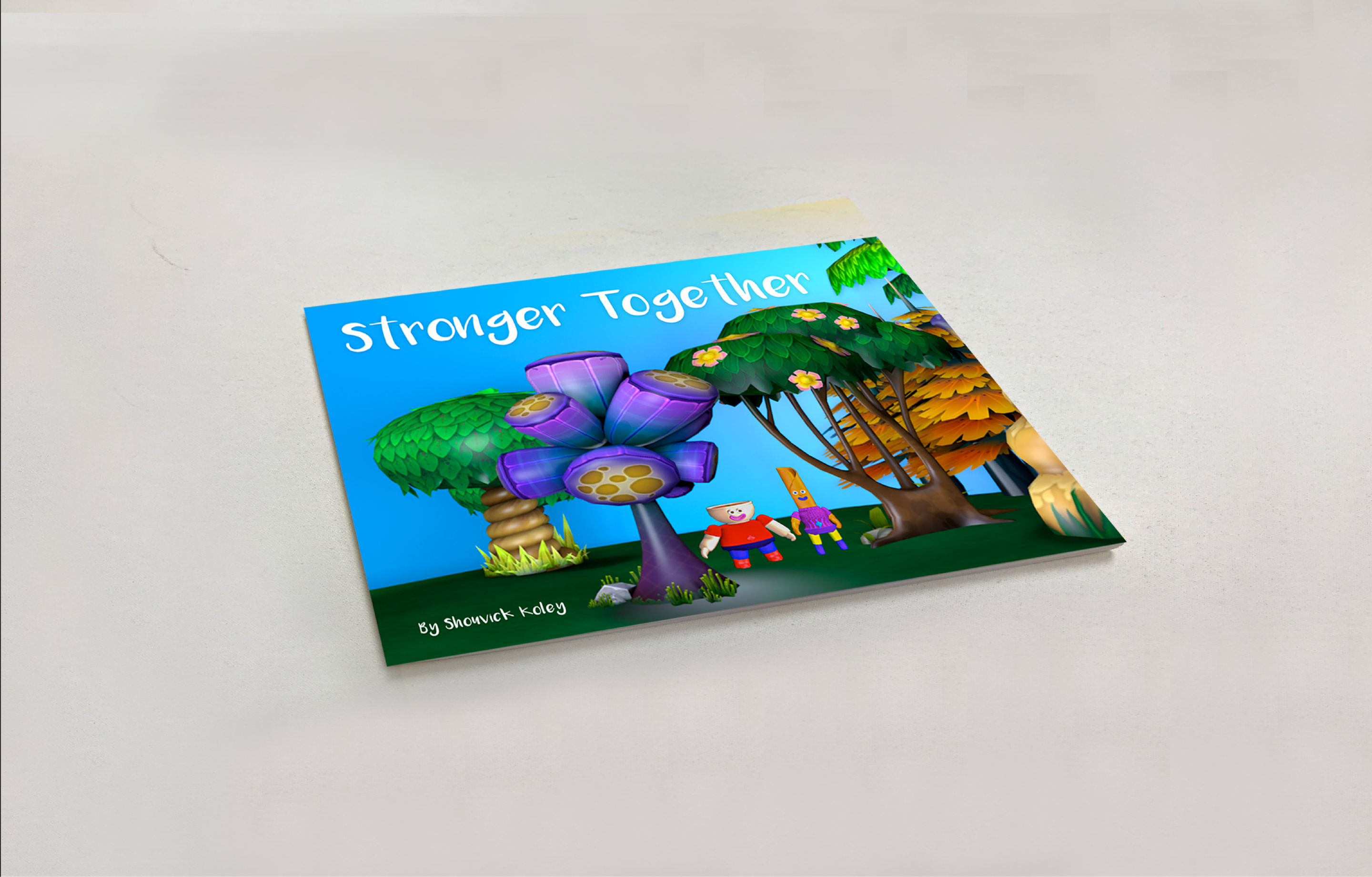
The scenes for each illustration within the book were captured on CInema 4D and then edited in Photoshop.
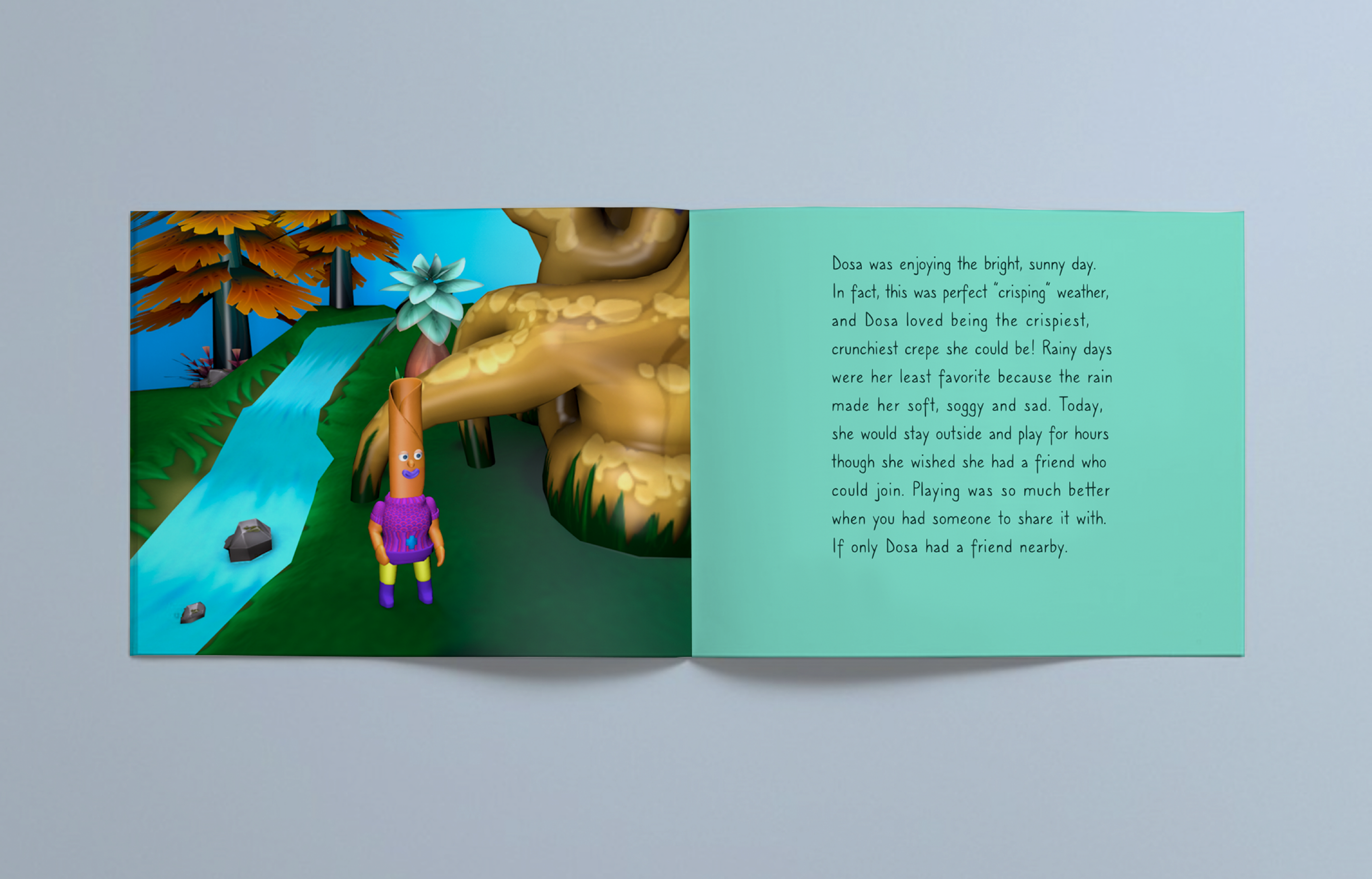


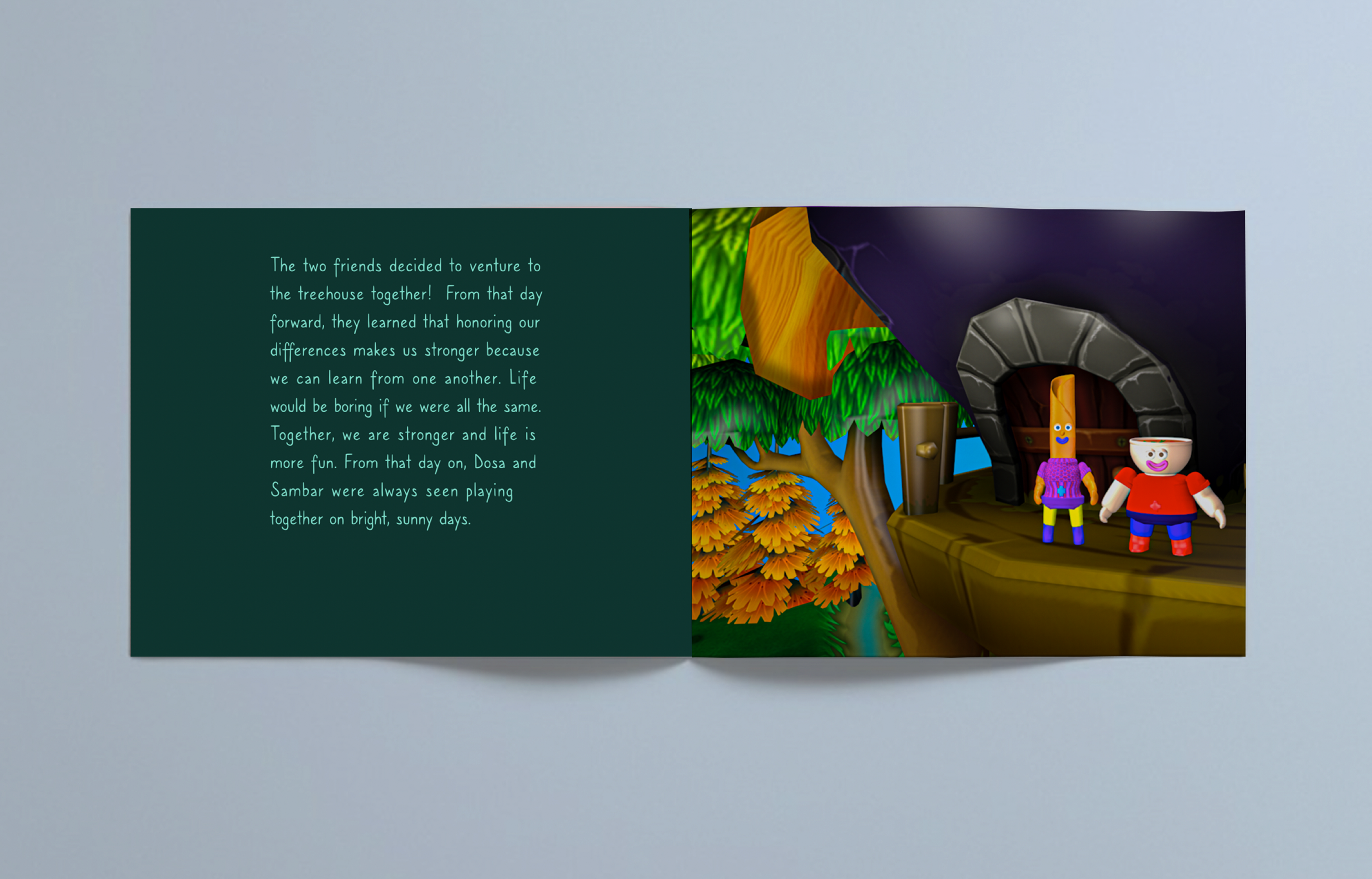
The book layout was created on InDesign so that a physical copy could be printed and used as an anchor point for the AR interactions.
AR Storybook
![]() The 3D objects visible in AR using an iPad Pro.
The 3D objects visible in AR using an iPad Pro.
![]()
![]()
![]()
![]()
![]()
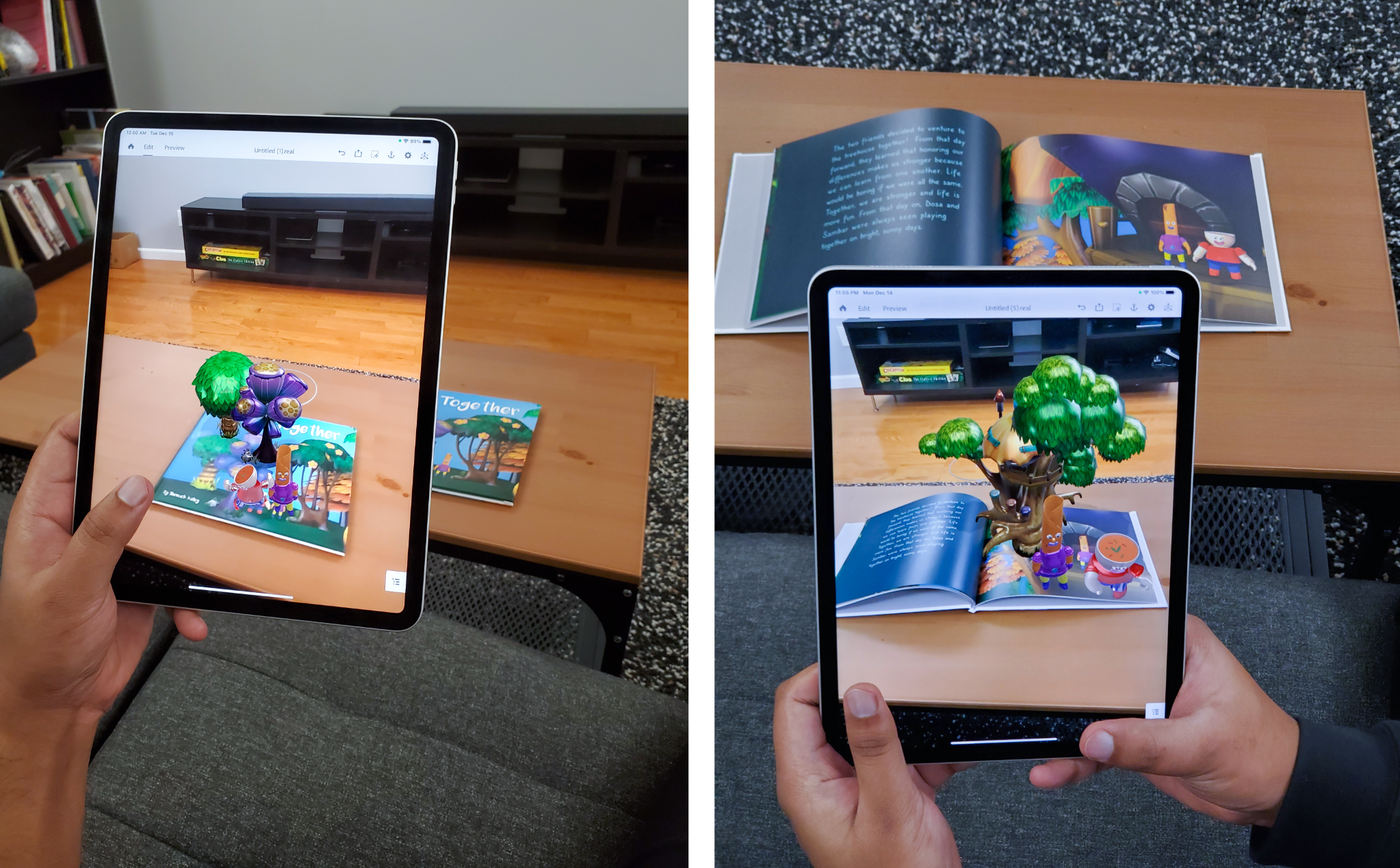 The 3D objects visible in AR using an iPad Pro.
The 3D objects visible in AR using an iPad Pro.

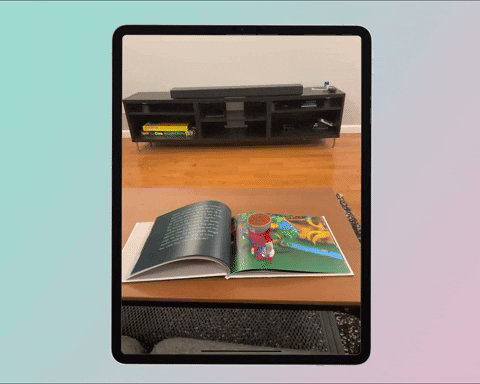
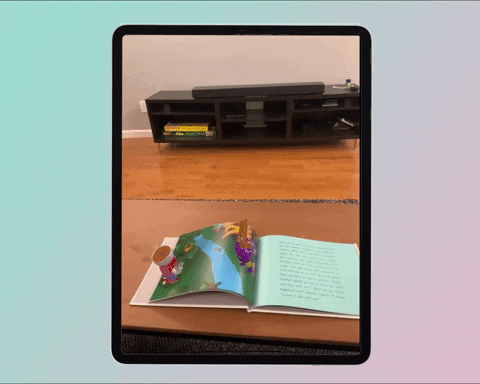
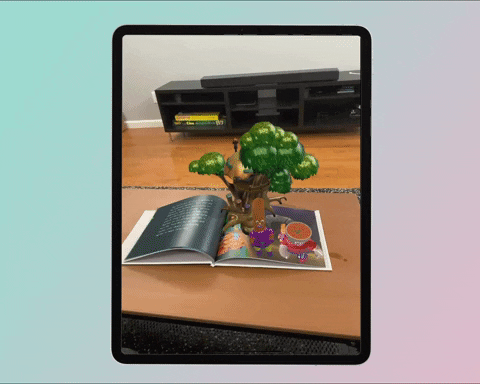
Colors

Typography

Takeaways
Augmented Reality is undoubtedly a very strong educational weapon. There are challenges in using AR, that’s for sure. The cost of developing AR is one. Finding the perfect application of AR that’s unique to your brand and truly improves an apps user experience. New tech solutions help capture the most expensive thing a person has, their attention.